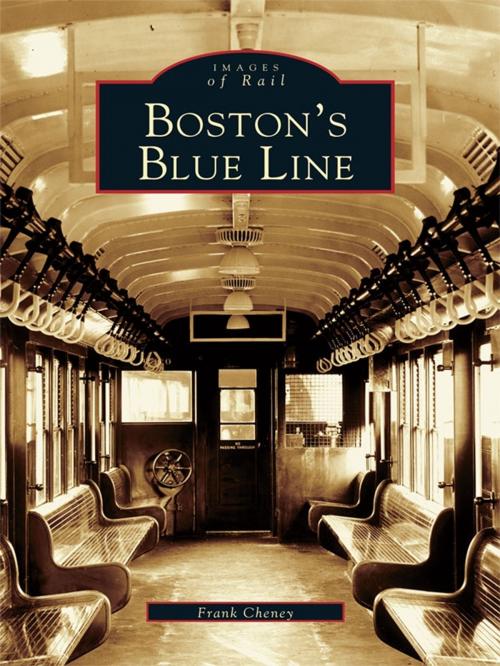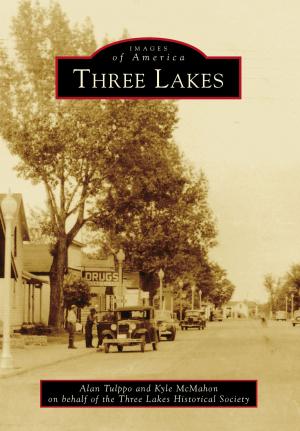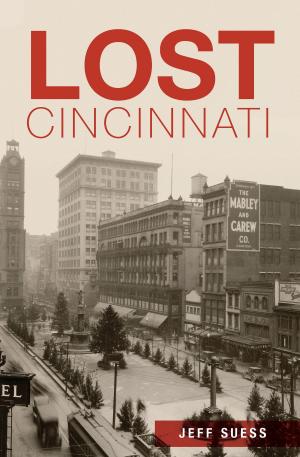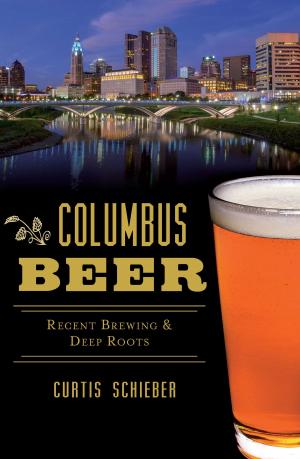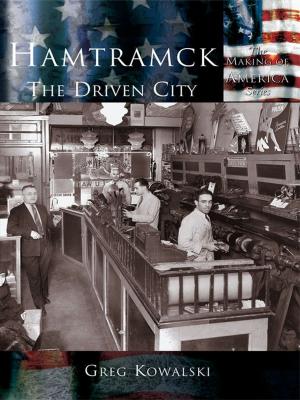Boston's Blue Line
Nonfiction, Reference & Language, Transportation, Railroads, History, Art & Architecture, Photography, Pictorials, Travel| Author: | Frank Cheney | ISBN: | 9781439615768 |
| Publisher: | Arcadia Publishing Inc. | Publication: | April 7, 2004 |
| Imprint: | Arcadia Publishing | Language: | English |
| Author: | Frank Cheney |
| ISBN: | 9781439615768 |
| Publisher: | Arcadia Publishing Inc. |
| Publication: | April 7, 2004 |
| Imprint: | Arcadia Publishing |
| Language: | English |
Boston's rapid-transit Blue Line covers a distance of 5.94 miles, a twenty-three-minute commute that begins at Bowdoin station in downtown Boston, travels under the harbor, passes Revere Beach, and stops at Wonderland. Today's commuters might be surprised to learn that the line they are riding was once operated by trolley cars and narrow-gauge steam-powered commuter trains, for it was not until 1904 that the East Boston Tunnel under the harbor was completed. By 1917, the number of people riding the Blue Line had climbed to twenty-five thousand a day. Although significant advances had been made to accommodate high-volume commuter traffic, rush-hour congestion at downtown stations remained a problem. In the 1920s, with ridership exceeding forty-two thousand people a day, the Boston Elevated Railway and the Boston Transit Commission agreed to convert the tunnel to a rapid-transit operation with a transfer station at Maverick Square. Further expansion occurred in the 1950s, when the Blue Line was extended to Orient Heights, Suffolk Downs, and Revere Beach.
Boston's rapid-transit Blue Line covers a distance of 5.94 miles, a twenty-three-minute commute that begins at Bowdoin station in downtown Boston, travels under the harbor, passes Revere Beach, and stops at Wonderland. Today's commuters might be surprised to learn that the line they are riding was once operated by trolley cars and narrow-gauge steam-powered commuter trains, for it was not until 1904 that the East Boston Tunnel under the harbor was completed. By 1917, the number of people riding the Blue Line had climbed to twenty-five thousand a day. Although significant advances had been made to accommodate high-volume commuter traffic, rush-hour congestion at downtown stations remained a problem. In the 1920s, with ridership exceeding forty-two thousand people a day, the Boston Elevated Railway and the Boston Transit Commission agreed to convert the tunnel to a rapid-transit operation with a transfer station at Maverick Square. Further expansion occurred in the 1950s, when the Blue Line was extended to Orient Heights, Suffolk Downs, and Revere Beach.
